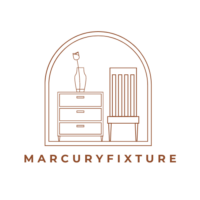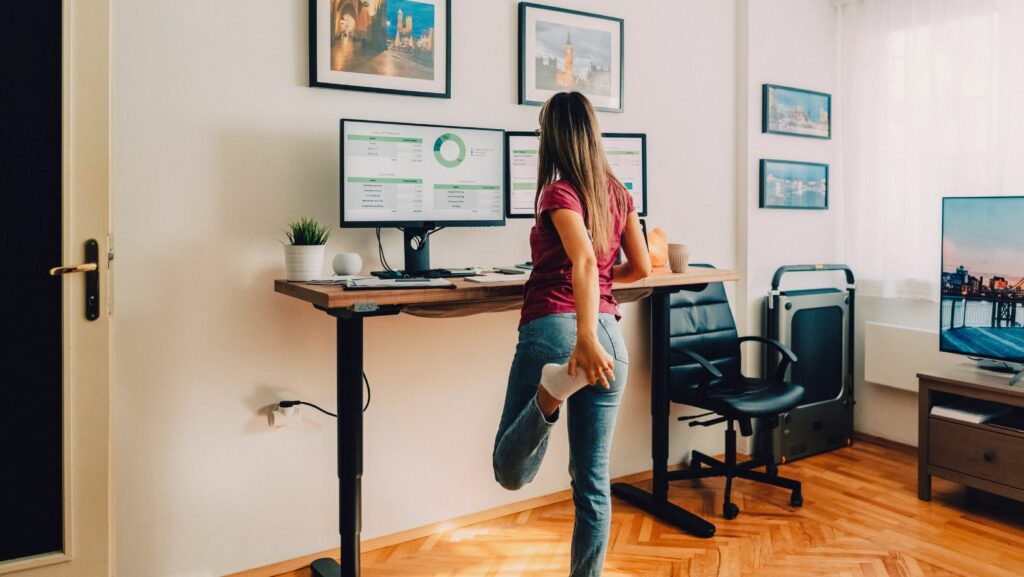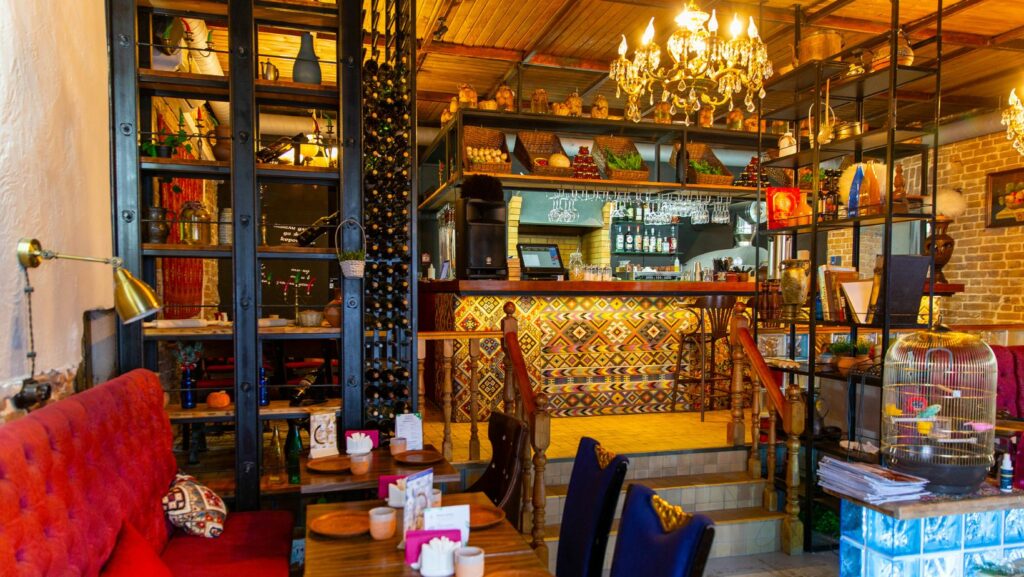There was a time when desks were just… desks. Four legs, flat surface, tucked into a corner, collecting dust and paperwork. But walk into any modern workspace today, and you’ll notice a quiet revolution; desks are no longer hiding in the shadows. They stand tall, literally and figuratively, blending into the personality of the space and the posture of the person using them. Standing desks, once viewed as a quirky health trend, are now front and center in both design studios and corporate offices. The real surprise? They’re not just functional. They’re beautiful.
Welcome to the era where ergonomic furniture isn’t just about how you sit or stand but more about how your space feels, moves, and inspires. Standing desks are leading this shift, becoming the perfect crossroad where body awareness meets visual harmony.
The original standing desk was born out of necessity, a response to the health problems that come with sitting for eight hours straight. But somewhere along the way, designers began to realize these desks could do more than support better posture. They could be sculptural. Minimal. Even a little bit bold.
This reimagining of the standing desk gave birth to a new category of ergonomic furniture pieces that not only support human comfort but elevate the look of a room. Materials got sleeker. Frames became lighter. Surfaces were thoughtfully designed with everything from matte wood grain finishes to customizable cable ports. Today’s standing desks aren’t just built for wellness, they’re made to turn heads.
Harmonizing with the Space
In modern office design, there’s a delicate dance between form and function. It’s about making sure every object contributes to the mood, rhythm, and story of the space. Standing desks fit this narrative beautifully. Their vertical presence adds dimension. Their adjustability reflects the dynamism of the people who use them. And their design can either blend seamlessly into a minimalist room or become a feature in its own right.
Imagine an open-plan office with natural light pouring in, plants scattered across shelves, and soft acoustic panels lining the walls. A classic sitting desk could feel static in this scene. But a sleek, height-adjustable standing desk, maybe even paired with a wooden stool, brings fluidity. It invites movement. It feels alive.

Even in more traditional interiors, there’s room for integration. A standing desk in a deep walnut finish with brass detailing can echo vintage cues while offering a modern twist. The trick is in the selection, choosing a desk that respects the visual language of the space while pushing it forward just enough.
Design-Savvy Professionals Approve
Professionals in visual fields, those who breathe in aesthetics for a living, have been especially quick to embrace the standing desk movement. It’s no coincidence that many companies now offer a specific desk for architects, complete with generous surface area, modular storage add-ons, and a standing-height frame that encourages sketching and blueprint review from multiple angles.
These desks are more than just tools, they’re workstations that acknowledge the flow of a creative process. Architects, designers, and animators don’t work in straight lines. Their thoughts loop, stretch, and pivot. A standing desk complements this rhythm, offering a workspace that moves with the user, not against them.
Visual Impact Without Compromise
Let’s talk about the elephant in the room. One of the biggest concerns people have when integrating a standing desk into a thoughtfully designed interior is that it might look too technical or too… office-y. The fear is valid, but the solution is simple: choose a design-first standing desk.
Today’s market is full of options that prioritize aesthetics just as much as performance. Whether you’re working with an earthy, biophilic style or a clean Scandinavian vibe, there’s a desk that fits. And if you’re curating a standing desk interior for a home office, you’ll find styles that don’t scream “work” at all. Some models resemble modern consoles, with warm wood textures and rounded edges that transition beautifully into the rest of the living space.
Here are just a few visual elements to consider when choosing the right standing desk for your space:
- Material: Natural woods, powder-coated steel, matte finishes
- Color palette: Neutral tones, monochrome blends, or bold accent hues
- Shape and leg style: Tapered legs, trestle bases, or even sculptural forms
- Accessories: Integrated lighting, hidden drawers, built-in power ports.
These details make all the difference when turning a desk into a design feature rather than just a functional necessity.
The Emotional Architecture of a Desk
There’s something undeniably psychological about working at a standing desk. The posture shift alone can change how you approach a task; more alert, more focused, and more present. But there’s also a deeper emotional shift that happens when your surroundings are in sync with your personal taste.
We’ve learned to decorate homes with meaning and mood. Offices deserve the same attention. A standing desk that matches the tone of a room, a white oak frame in a minimalist workspace, or a blackened steel surface in an industrial studio creates a quiet satisfaction every time you approach it. It becomes more than a workstation. It becomes a part of your creative identity.
Blending in or Standing Out?
What’s particularly exciting is that standing desks don’t have to blend in unless you want them to. Some designers intentionally use them as a visual focal point, a chance to break symmetry, or introduce a new silhouette to a space. A bold, geometric frame or a splash of color under the desktop can transform the energy of a room, making it feel more contemporary and more confident.

At the same time, standing desks can fade into the background just as gracefully. Want a workspace that doesn’t interfere with your interior flow? Go monochrome. Match the desk legs to the floor and the desktop to the wall paneling. Suddenly, your standing desk becomes invisible until you need it.
Standing Tall in the Future of Design
The standing desk is no longer a novelty or a luxury. It’s a staple of the modern office design movement — a symbol of how far we’ve come in valuing both human health and interior beauty. It represents a mindset shift: we no longer believe that comfort has to come at the cost of style, or that practicality has to mean boring.
Whether you’re designing for a tech-forward workspace, an artistic studio, or a cozy nook in a downtown apartment, a standing desk can and should be part of the conversation. It’s time we stopped thinking of desks as static furniture and started seeing them for what they really are: design opportunities.



